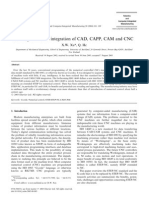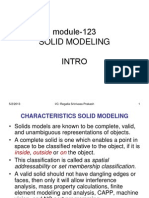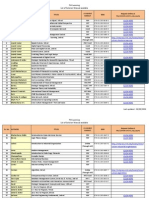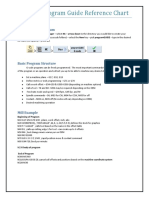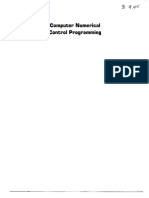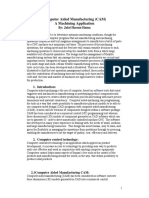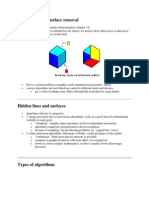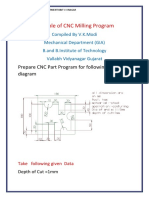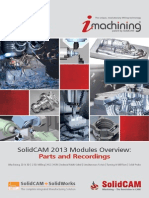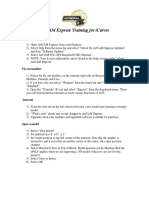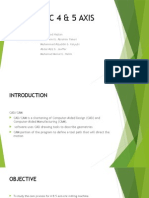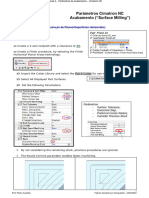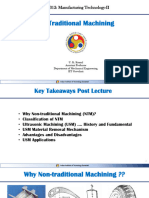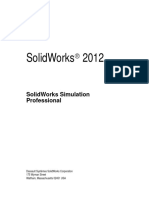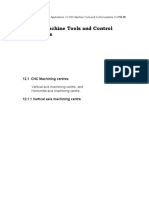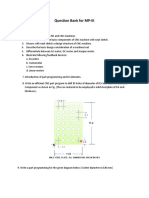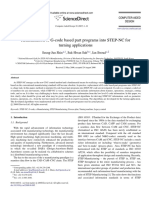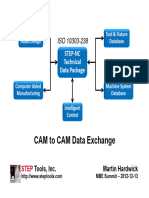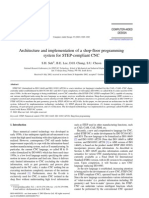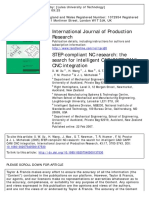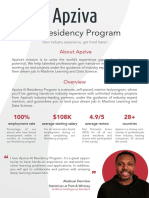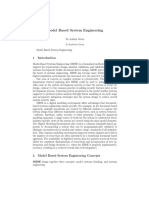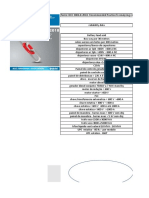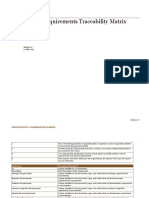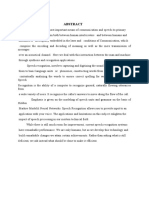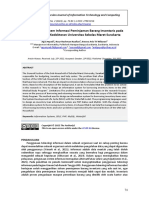0% found this document useful (0 votes)
105 views15 pagesStep NC: Tool Path Programming in An Intelligent Step NC Manufacturing Context
STEP NC is a new standard that uses "working steps" to program CNC machine tools instead of G and M codes. It provides a more integrated manufacturing process by connecting CAD design data to CAM process data. Key benefits include streamlined programming without post-processors, bidirectional data flow, and machine-independent files. The Korean prototype demonstrates feature recognition and Step NC file generation within a numerical chain from CAD to CNC machining. Future developments aim for integrated and advanced Step NC programming capabilities.
Uploaded by
mechiesterCopyright
© Attribution Non-Commercial (BY-NC)
We take content rights seriously. If you suspect this is your content, claim it here.
Available Formats
Download as PPT, PDF, TXT or read online on Scribd
0% found this document useful (0 votes)
105 views15 pagesStep NC: Tool Path Programming in An Intelligent Step NC Manufacturing Context
STEP NC is a new standard that uses "working steps" to program CNC machine tools instead of G and M codes. It provides a more integrated manufacturing process by connecting CAD design data to CAM process data. Key benefits include streamlined programming without post-processors, bidirectional data flow, and machine-independent files. The Korean prototype demonstrates feature recognition and Step NC file generation within a numerical chain from CAD to CNC machining. Future developments aim for integrated and advanced Step NC programming capabilities.
Uploaded by
mechiesterCopyright
© Attribution Non-Commercial (BY-NC)
We take content rights seriously. If you suspect this is your content, claim it here.
Available Formats
Download as PPT, PDF, TXT or read online on Scribd
/ 15
